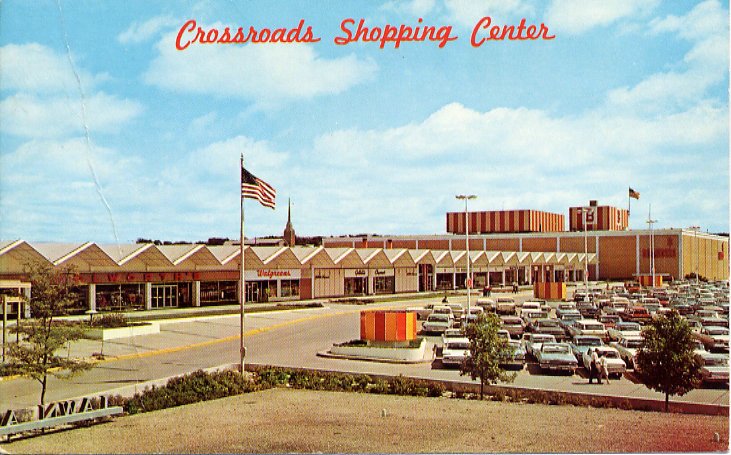A new bill in the California State Legislature will allow developers to build residential space on commercial sites without having to first secure zoning changes.
The measure by Senator Anthony Portantino is being seen as a move to find new uses for vacant or declining shopping malls while at the same time providing affordable housing.
Local governments have traditionally kept in place commercial zoning designations for such sites for the simple reason that a possible retail operation will likely generate more sales tax revenue than can be realized in residential property taxes.
Even so, the owner of the Stonestown Galleria in San Francisco, a shopping mall with a number of vacant stores, is thinking about repurposing a part of the site to build up to 3,000 new housing units.
That site was originally called the Stonestown Shopping Center and was built in 1952.
The Stonestown project would follow such projects as the 1.5 million square foot Cinderella City Mall in Englewood, Colorado. Opened in 1968 and closed in 1997, the Cinderella Mall has since been repurposed as the City Center Englewood, a site with offices, a museum, and two multi-family structures.
Memphis has seen the reconversion of a 1.5 million square foot abandoned retail space into a new mixed-use development called Crosstown Concourse with some 265 apartments.
Analysts, noting the impact that online shopping has had on such malls, are predicting that up to 200 shopping centers could be closed in the next few years, creating new housing opportunities.
“Resuscitating a dead mall takes creative problem-solving,” notes Forbes in a recent article on repurposing malls for residential purposes. “It creates conditions and incentives that cause aligned investment and cohesive development.”
Portantino’s bill has now won the approval of California Senate.
In a statement, the lawmaker remarked: “We can construct affordable housing on land formerly used by commercial retailers and give local governments fiscal incentives to reward them for rezoning, approving, completing and allowing occupancy of affordable housing projects.”
By Garry Boulard



